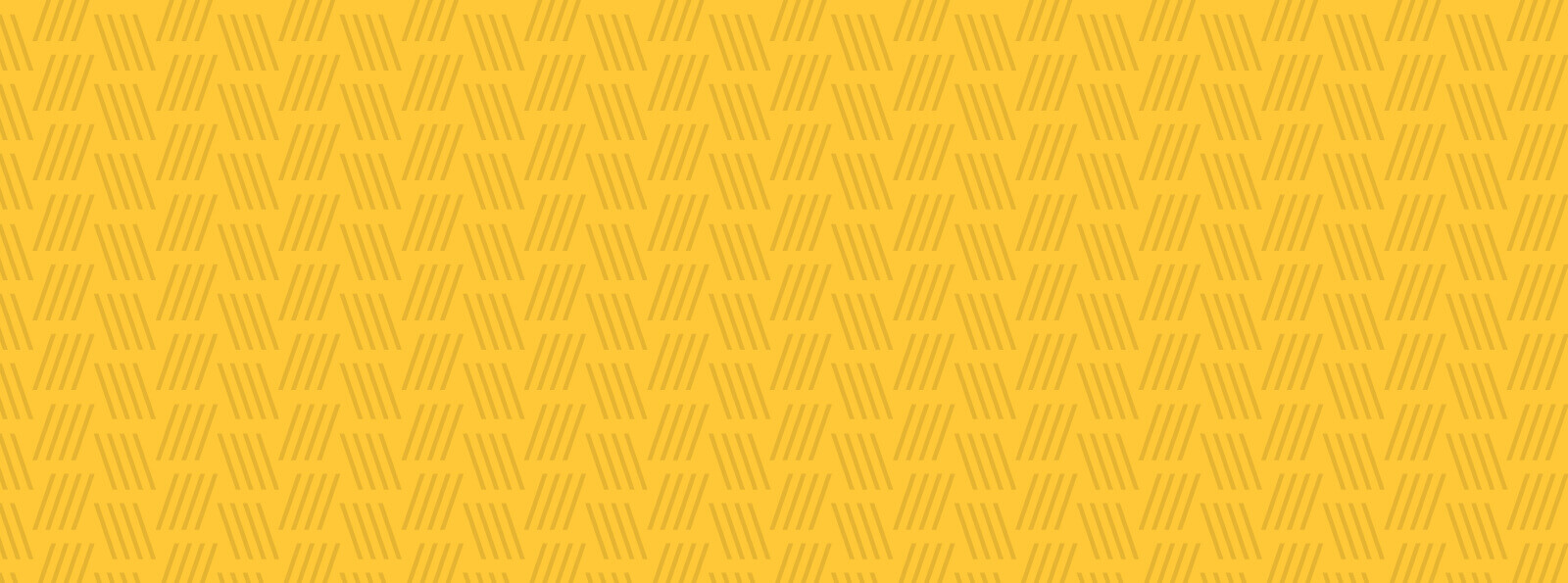My current works employ found woodland detritus to reconstruct forest vignettes that allude to the ecological value of trees. Derived from the observation and study of felled trees, I employ twigs and bark from neighboring parks and gardens attached to a constructed wooden armature. By maintaining trees, the normal life cycle of these grand organisms consumes carbon dioxide, captures carbon, and produces oxygen: one antidote to the climate crisis.
About the Artist
I was born and raised through my teenaged years, in New Orleans. It framed my vision of life. It was and continues to be a place of extremes: beauty and decay, religion and ritual, custom and iconoclasm. From that experience, I acquired an excitement for visual matters: colors, forms and even artifacts. Having lived on the border with Mexico for ten years changed my view of contemporary culture and our collective social responsibility. As a result, the expression of my imagery has become more topical.Artist's Statement
My sculptures subtly arouse concern with visual prods into contemporary issues. I use a narrative of social engagement to generate discussion with my constructions. Current images comment on ecological destruction. I enjoy the physicality of materials. I am fascinated by found matter; following that inclination, I am presently using twigs from neighboring gardens and parks to construct fiction of trees, stumps and logs. I usually do not alter the natural color of the sticks. I glue them to an armature and complete the attachment with an overlay of transparent matte medium. The placement of the cross-cut sticks forms a veneer with a pattern where the growth rings would appear. Pattern ritualizes the form allowing modifications which embellishes the original observation from which it emerged. Swirls and concentric curves are apparently reminiscent of goddess culture motifs. Like human skin, bark conforms to a tree. Like skin, tree bark heals with scars. The end grain of logs notes the distortions in the growth rings resulting from injury, a callus, which is almost like the swelling around a cut in human flesh. Twigs are ephemeral; they are the cast off fragments of trees. To construct a sculpture with these pieces is a poetic process: like letters are to words, words to sentences, or sentences to stories. My sculptures subtly arouse concern with visual prods into contemporary issues. I use a narrative of social engagement to generate discussion with my constructions. Current images comment on ecological destruction. I enjoy the physicality of materials. I am fascinated by found matter; following that inclination, I am presently using twigs from neighboring gardens and parks to construct fictions of trees, stumps and logs. I usually do not alter the natural color of the sticks. I glue them to an armature and complete the attachment with an overlay of transparent matte medium. The placement of the cross-cut sticks forms a veneer with a pattern where the growth rings would appear. Pattern ritualizes the form allowing modifications which embellishes the original observation from which it emerged. Swirls and concentric curves are apparently reminiscent of goddess culture motifs. Like human skin, bark conforms to a tree. Like skin, tree bark heals with scars. The end grain of logs notes the distortions in the growth rings resulting from injury, a callus, which is almost like the swelling around a cut in human flesh. Twigs are ephemeral; they are the cast-off fragments of trees. To construct a sculpture with these pieces is a poetic process: like letters are to words, words to sentences, or sentences to stories.Featured Work
Photos
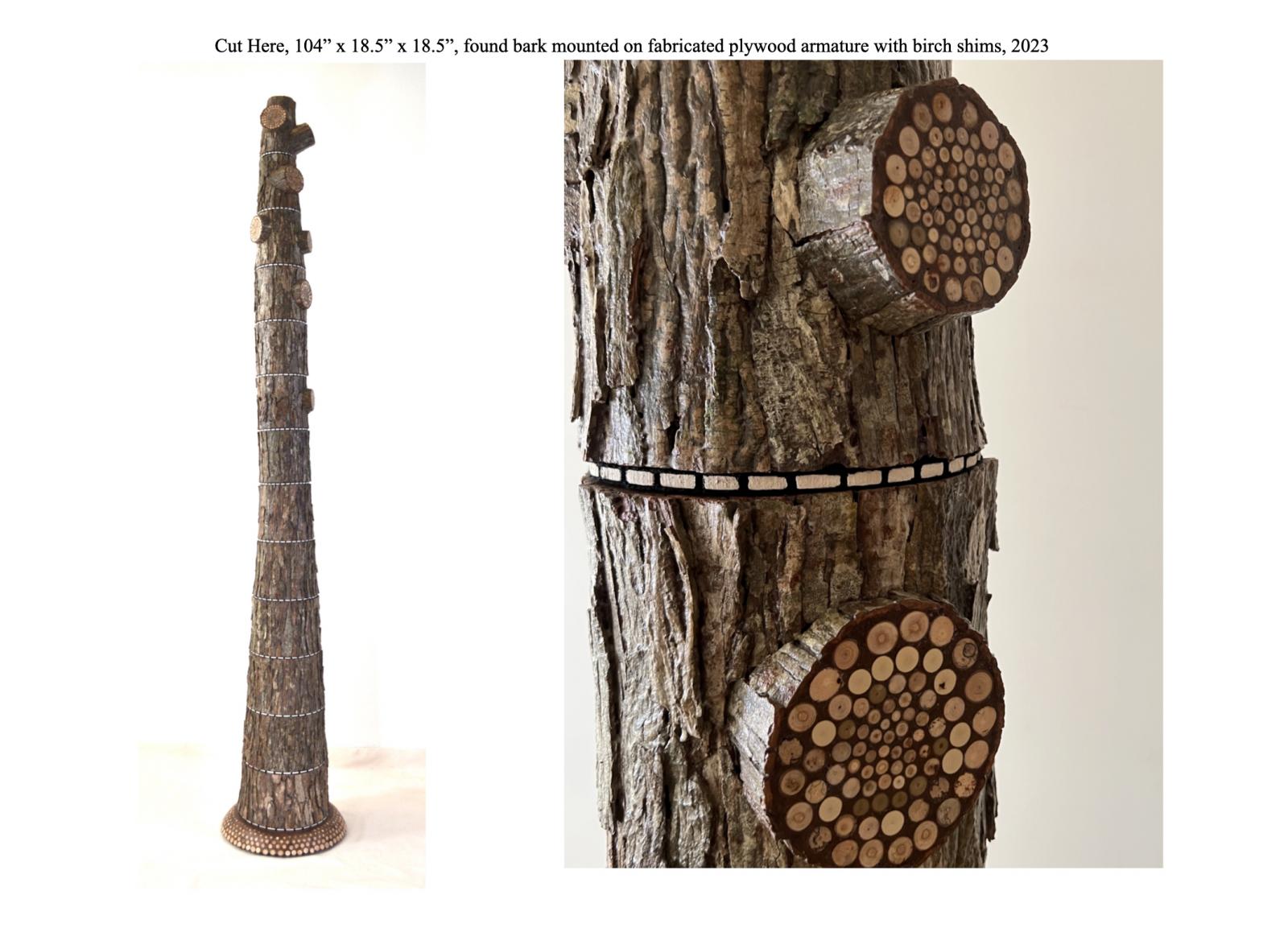
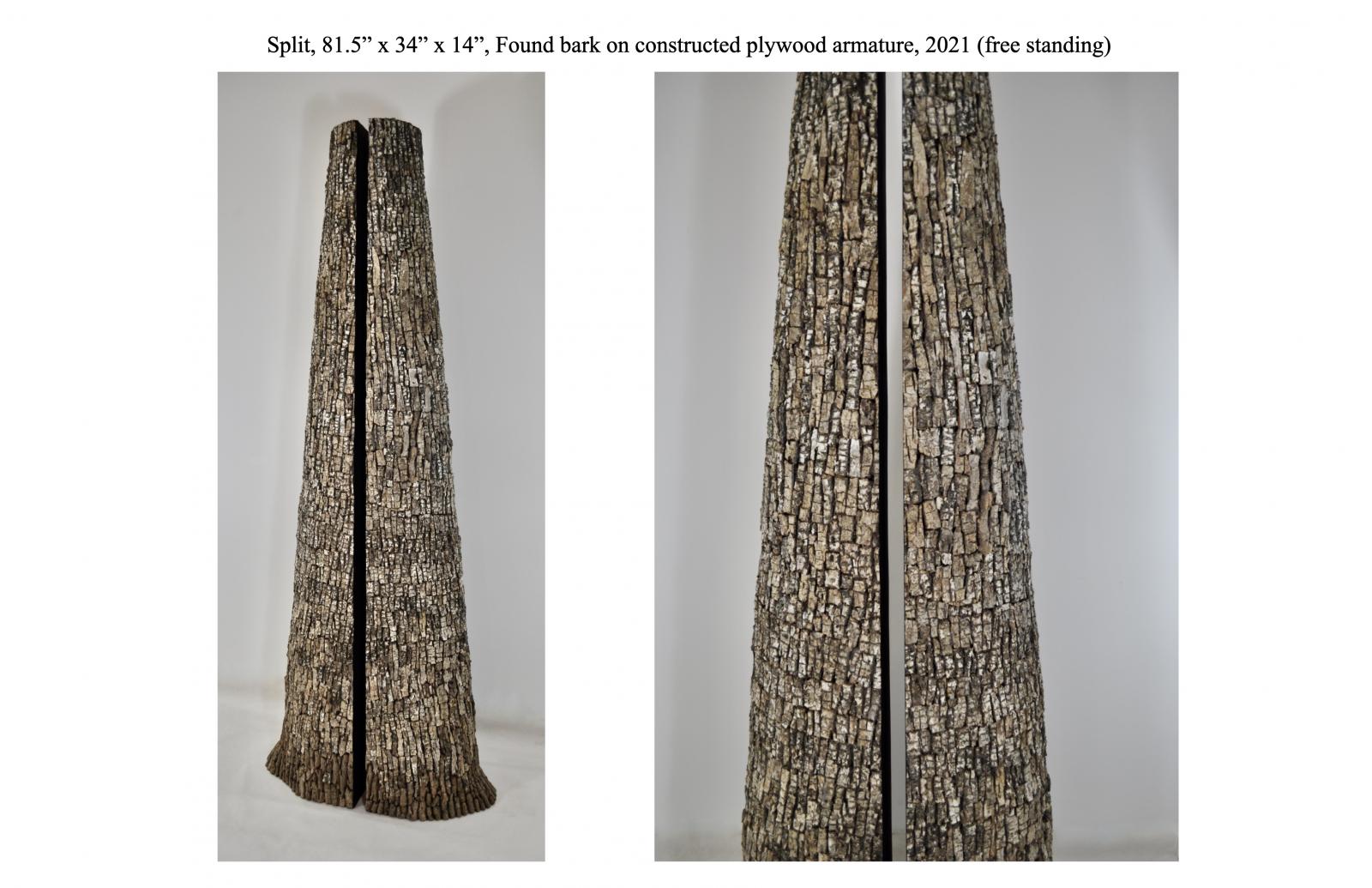
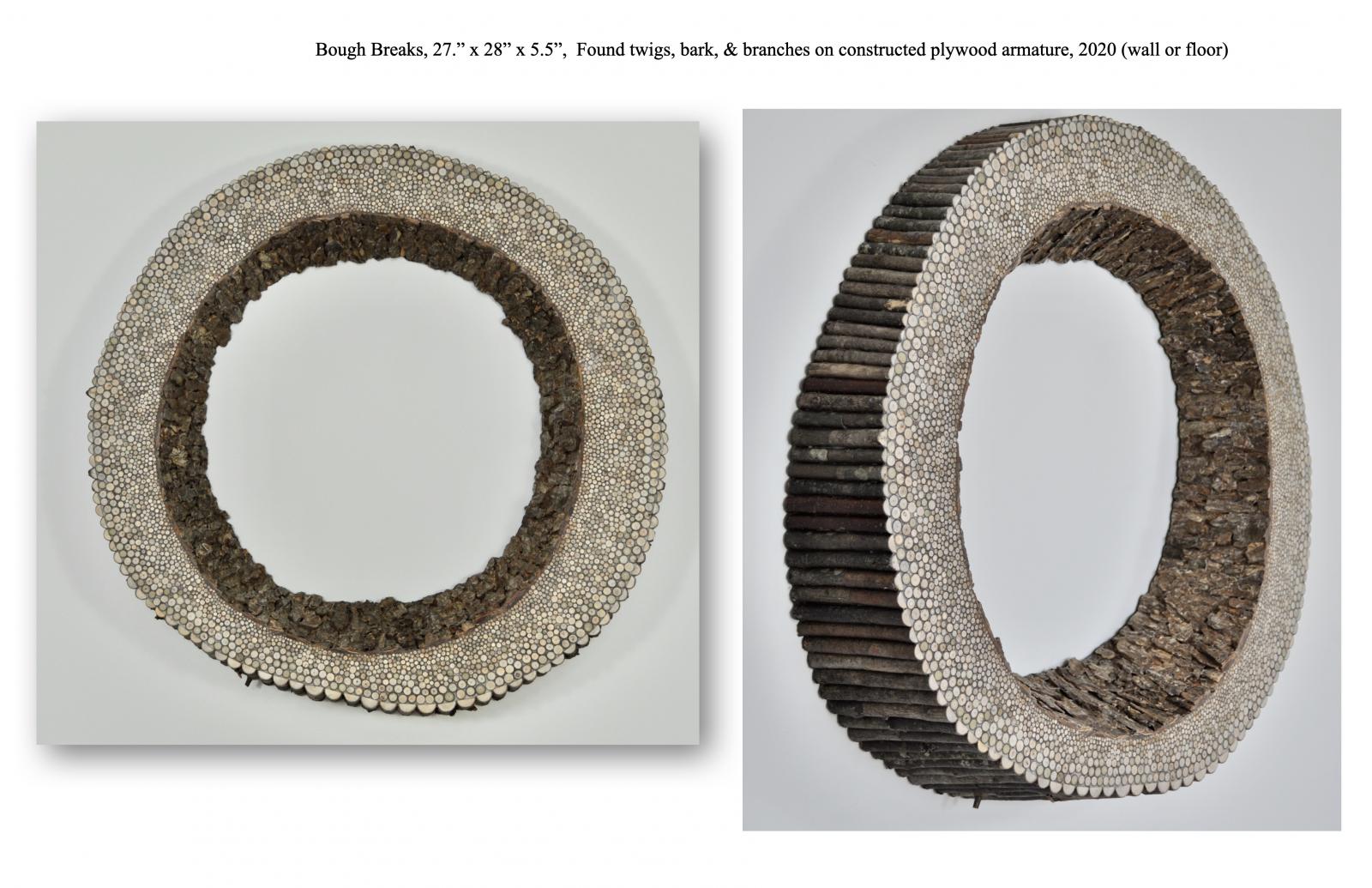

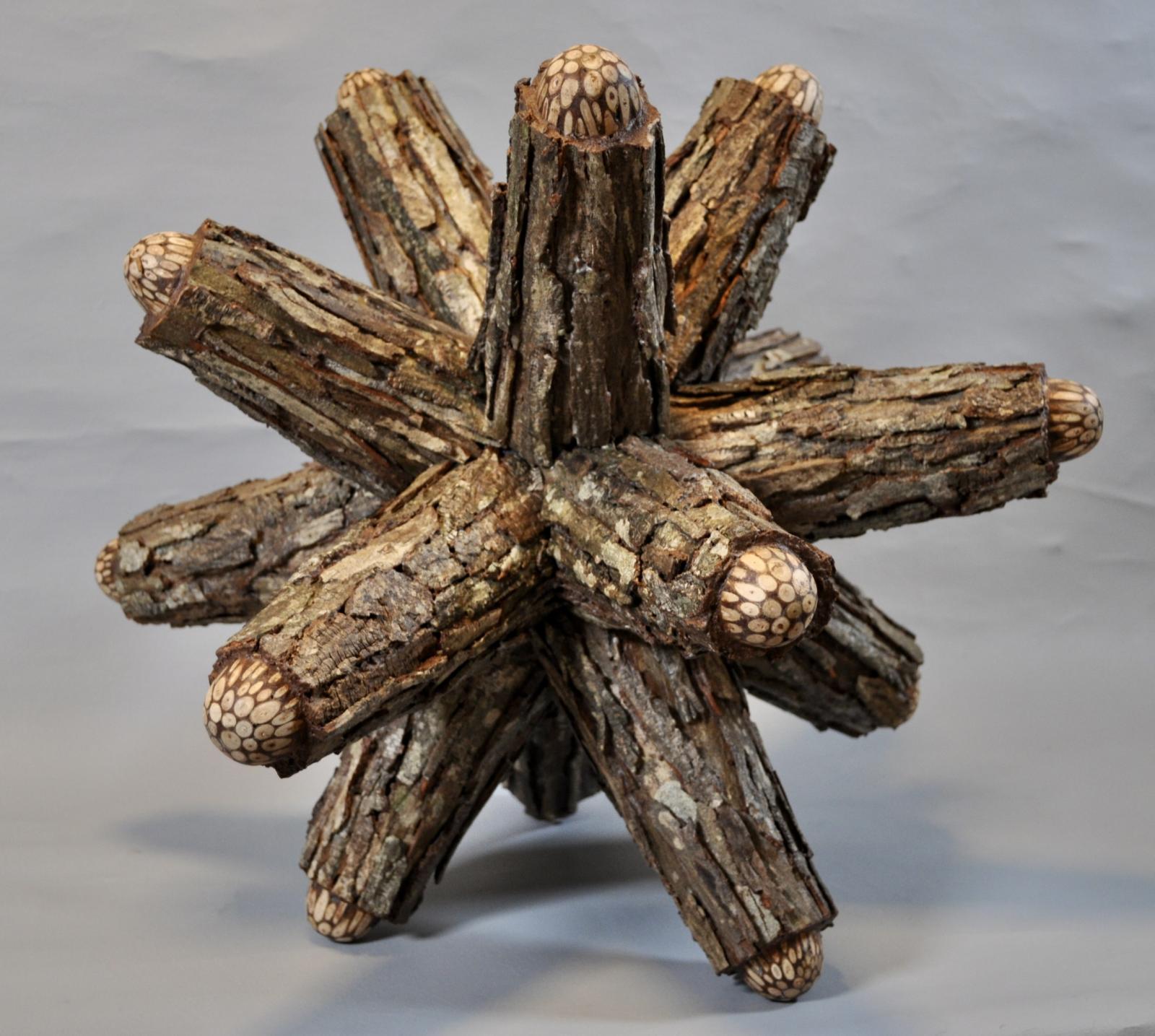
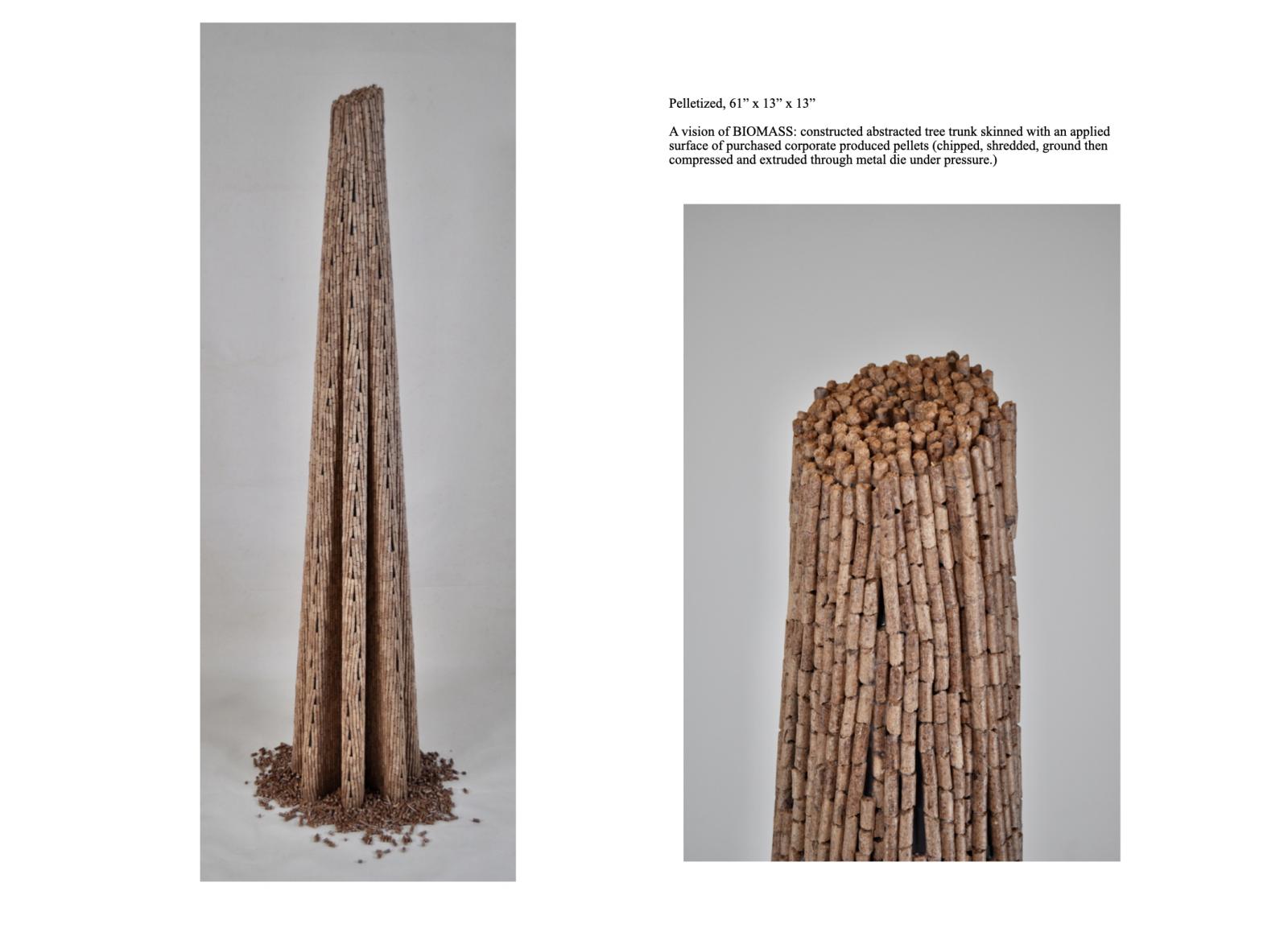
Featured Work: Photos
Cut Here
Mixed media on fabricated plywood armature with birch shims
2023
Free-standing constructed sculpture composed of 13 stacked cylindrical modules which are graduated in size, surfaced with found tree bark and separated by horizontal plywood discs with rims of painted dashes noting where to sever the trunk
For Sale
$8,200.00
Contact the artist to purchase this piece
Split
Found tree bark attached to a plywood armature
2021
Free standing sculpture of two adjacent vertical modules surfaced with found bark attached to constructed plywood armature
For Sale
$7,200.00
Contact the artist to purchase this piece
Bough Breaks
Found twigs, sticks and bark attached to plywood armature
2020
Wall mounted or floor placed sculpture composed of found twigs, sticks and bark attached to a plywood armature
For Sale
$6,000.00
Contact the artist to purchase this piece
Bent
Found bark and twigs attached to a constructed armature
2022
Wall mounted sculpture composed of found bark and twigs attached to a constructed plywood armature
For Sale
$4,200.00
Contact the artist to purchase this piece
Spur
Mixed media sculpture
2023
Found bark and twigs attached to a plywood armature, free standing sculpture
For Sale
$3,200.00
Contact the artist to purchase this piece
Pelletized
Sculpture: mixed media
2023
A vision of BIOMASS: constructed abstracted tree trunk skinned with an applied surface of purchased corporate produced pellets (chipped, shredded, ground then compressed and extruded through metal die under pressure.)
For Sale
$0.00
Contact the artist to purchase this piece
Written Works
-
Gottlieb Fellowship announcement
See more information about Gottlieb Fellowship announcementMedium: DocumentYear: 2022
